Inconsistent seedstock availability a major constraint
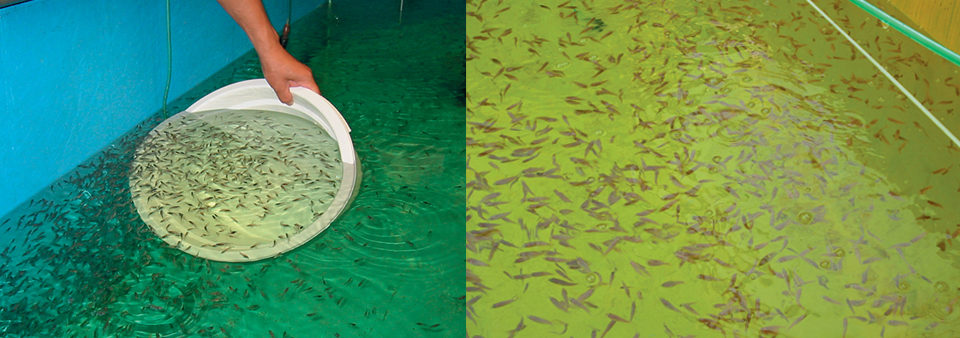
Groupers are commercially important fish in Asia, particularly for live seafood markets in China, Taiwan, Singapore and Malaysia. The species commonly found in the markets belong to the subfamily Epinephelinae and can be divided into three genera: Epinephelus, Cromileptes and Plectrophomus.
Grouper fishing is a big industry in many Asia-Pacific countries, including Indonesia, Vietnam, Thailand, Malaysia, the Philippines and Australia. One major constraint for grouper aquaculture is the inconsistent supply of seedstock.
Hatchery techniques developed at the Gondol Research Institute for Mariculture (GRIM) in Singaraja-Bali, Indonesia, can be used to produce juveniles of humpback grouper (Cromileptes altivelis); tiger grouper (Epinephelus fuscoguttatus); flowery grouper (E. polyphecadion); coral grouper (E. corralicola); giant grouper (E. lanceolatus); and leopard coral trout (Plectrophomus leopardus).
GRIM has carried out research and development on the artificial propagation of groupers since 1995. In collaboration with the Japan International Cooperation Agency and Australian Center for International Aquaculture Research, GRIM began successfully producing grouper seedstock at commercial levels in 2001. The hatchery techniques developed by the institute have now been adopted widely by the private sector.
Broodstock, spawning
Based on experiences at GRIM, ideal grouper broodstock tanks are 60 to 150 cubic meters in volume and round in shape, with depths of 2.0 to 2.5 meters, water inlet and outlet systems and aeration. Each tank should have an overflow pipe with a tank and nets installed for egg collection.
At GRIM, broodstock tanks are continuously supplied with fresh seawater at daily exchange rates of 200 to 300 percent and natural photoperiod. The water must be clean and clear with stable salinity of 33-35 ppt and temperature of 27.0 to 30.5 degrees-C.
Broodstock are fed to satiation six times a week, four times with trash fish (mainly Clupeidae and Scombridae) and two times with squid. The feed is supplemented with a vitamin mix at 1 percent of feed volume. Feces and excess feed that accumulates on tank bottoms is siphoned out at regular intervals. It is advisable to clean broodstock tanks after spawning, usually during a full moon phase. To prevent infestation with Benedenia and Cryptocaryon parasites, freshwater baths of broodstock for five to seven minutes during tank cleaning are recommended.
Groupers are protogynous hermaphrodites that mature as females and then change into males at a later age. Broodstock sex determination can be easily done during new moon periods. Male fish are characterized by white milt oozing from the genital pore by gentle pressing of the abdomen from the head toward the tail. Mature females have swollen abdomens containing eggs that can be sampled through the genital pore by canulation.
The broodstock are allowed to spawn naturally throughout the year. Spawning usually occurs 4 to 6 times/month between 9 p.m. and 3 a.m. during the new moon phase. The number of eggs released in each spawning for C. altivelis, P. leopardus, E. coralicolla and E. polyphecadion has been estimated at 0.4 to 2.6 million, while E. coioides and E. fuscoguttatus released an estimated 0.8 to 6.0 million.
Larval rearing
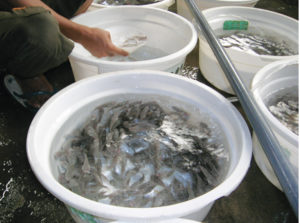
At GRIM, both round and rectangular tanks are used for larval rearing. The corners of rectangular tanks should be rounded to avoid larval aggregation in the corners. The tanks are approximately 10-cubic-meter in volume with 1.2-meter depth. Light blue or yellow colors are recommended for larval-rearing tanks.
Seawater used for the larval-rearing tanks is pretreated in a sand filter. The water salinity ranges 34-35 ppt and water temperatures range 28.5 to 29.5 degrees-C. Newly hatched larvae are stocked at an initial density of 10 larvae/l. Live food for the larvae consists of microalgae, rotifers and Artemia nauplii. Artificial diets are introduced prior to feeding artemia nauplii. The larval-rearing protocol is summarized in Fig. 1.
Nannochloropsis is applied in the larval tanks one day after stocking the larvae at 300,000 to 400,000 algal cells/ml. S.S.-type rotifers are introduced on day 2, when the larvae partly absorb their yolk. The rotifer density is maintained at 5-7/ml through day 5. S-type rotifers are then introduced at 8-10/ml with density gradually decreased to day 25 as the rate of rotifer consumption by the larvae increases.
From 15 days onward, a commercially formulated diet with particle sizes of 200-400 μ is used. The feed size is gradually increased to 400-800 μ from day 30 to day 45. From day 18 onward, newly hatched artemia larvae are also introduced at a density of 0.1-0.2/ml. Before introduction to the tanks, the Artemia are enriched with a commercial product to increase their nutritional value.
When the larvae are fed artificial diets and artemia, 20-50 percent of the rearing water is changed daily. At day 35, a 100 percent daily exchange rate is applied to avoid water quality problems. After 45 days, almost all grouper larvae metamorphose.
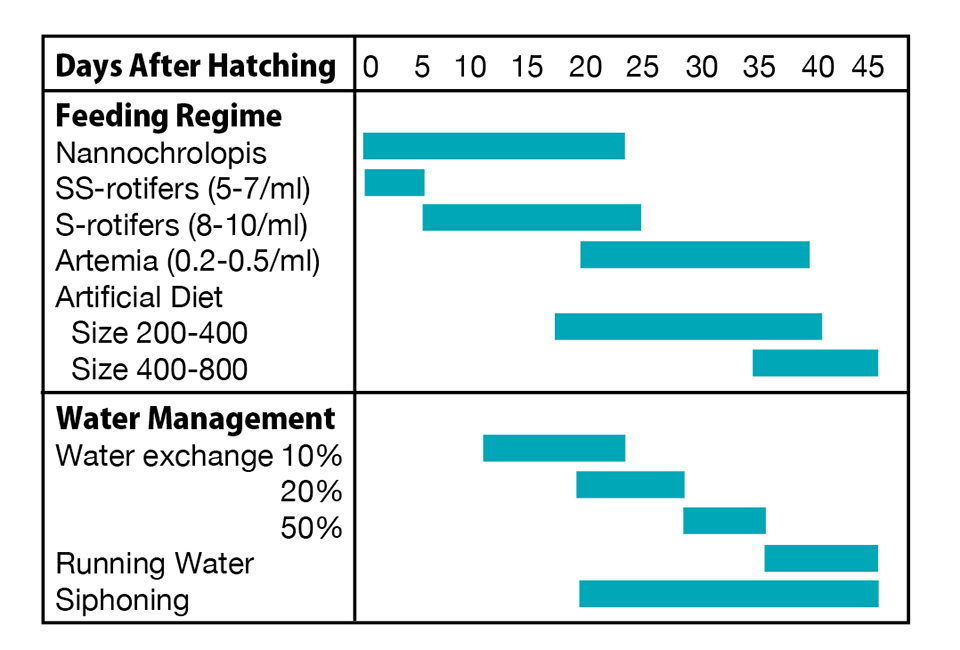
The rearing protocol presented in Fig. 1 is fit for all grouper species with minor modifications. For example, newly hatched P. leopardus larvae have smaller mouth openings and so need to receive oyster trochophores or Acartia naupliii at initial feeding.
Nursery culture
With total lengths of 2.1 to 2.7 cm, grouper juveniles harvested from larval-rearing tanks are too small and weak for sea cage culture. Nursery culture is conducted to grow them to the commercial size of 5 to 6 cm.
When juveniles are stocked in nursery tanks, they usually gather near drain filters and then settle to the bottom during the first few days. Therefore, tanks with volumes of 5 to 10 cubic meters are suggested for nursery culture because these sizes are easy to manage. A density of 500 juveniles per cubic meter is suitable. Nursery culture in floating sea cages may be possible, but grouper juveniles are very sensitive to physical disturbances such as wind and waves.
Juveniles can be fed small shrimp and minced or chopped trash fish. Those juveniles grown in sea cages must receive trash fish until marketable size. Those that receive dry pellets have to be well trained by feeding on artificial diets during nursery culture.
There are several types and sizes of commercial diets for marine finfish. Based on the results of fish nutrition research at GRIM, the nutritional requirements for juvenile groupers are presented in Table 1.
Sugama, Nutritional requirements, Table 1
| Nutrient | C. altivelis | E. fuscoguttatus | E. coioides | P. lepardus |
|---|---|---|---|---|
| Protein (%) | 54 | 47 | 48 | 47 |
| Fat (%) | 9-12 | 8 | 10 | 9 |
| n-3 HUFA (%) | 1.4 | 1.5 | 1.5 | 1.5 |
At GRIM, the fish are fed daily until satiation at 7 and 10 a.m., and 2 and 5 p.m. They attain sizes of 5 to 6 cm after four to six weeks of culture. The size of 5 cm total length is the smallest recommended for stocking in sea cages for further grow-out.
(Editor’s Note: This article was originally published in the January/February 2009 print edition of the Global Aquaculture Advocate.)
Now that you've reached the end of the article ...
… please consider supporting GSA’s mission to advance responsible seafood practices through education, advocacy and third-party assurances. The Advocate aims to document the evolution of responsible seafood practices and share the expansive knowledge of our vast network of contributors.
By becoming a Global Seafood Alliance member, you’re ensuring that all of the pre-competitive work we do through member benefits, resources and events can continue. Individual membership costs just $50 a year.
Not a GSA member? Join us.
Authors
-
Ketut Sugama, Ph.D.
Research Center for Aquaculture
Agency for Marine and Fisheries Research
Jl Ragunan No. 20
Jakarta 12540 Indonesia
[100,105,46,116,101,110,46,116,97,115,111,100,110,105,64,97,109,97,103,117,115]
-
Isti Koesharyani
Research Center for Aquaculture
Agency for Marine and Fisheries Research
Jl Ragunan No. 20
Jakarta 12540 Indonesia -
N.A. Asmara Giri, Ph.D.
Gondol Research Institute for Mariculture
Singaraja-Bali, Indonesia -
Ketut Suwirya
Gondol Research Institute for Mariculture
Singaraja-Bali, Indonesia
Related Posts
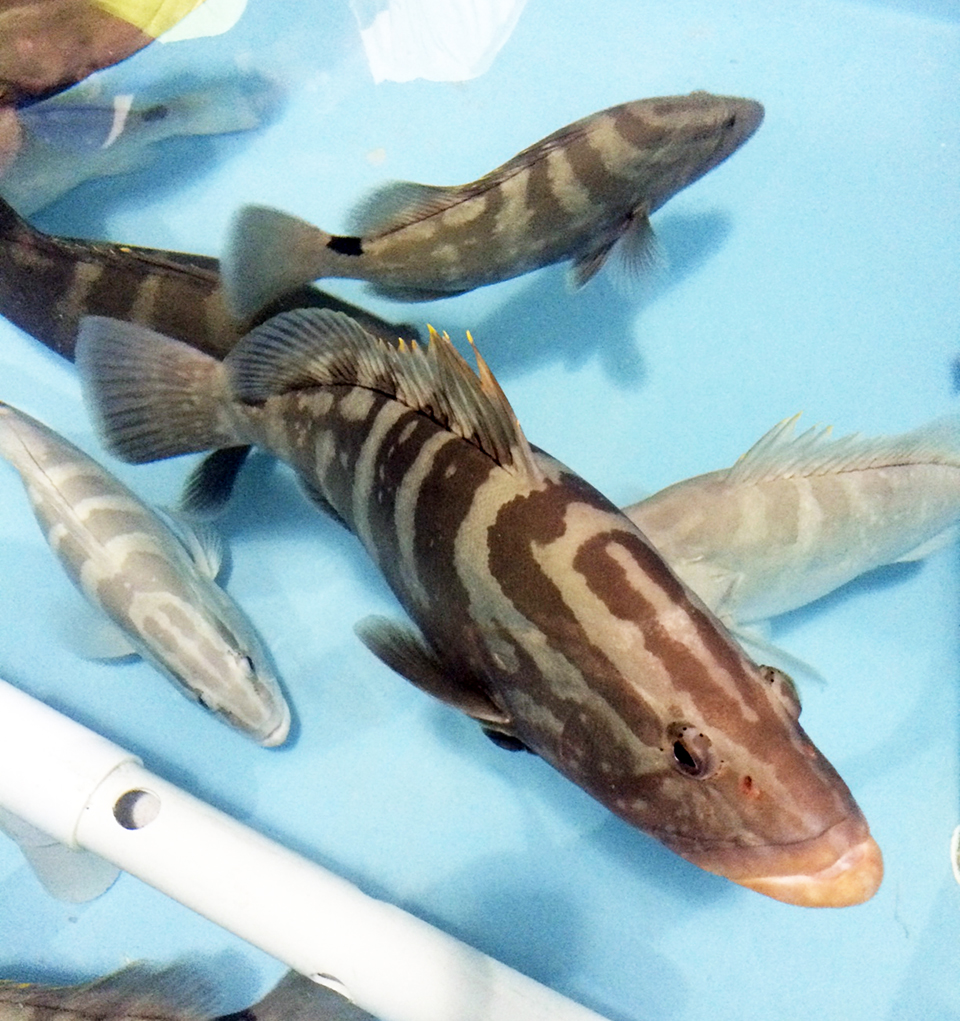
Intelligence
Bahamas venture focuses on grouper, other high-value marine fish
A new venture under development in the Bahamas will capitalize on Tropic Seafood’s established logistics and infrastructure to diversify its operations from processing and selling wild fisheries products to include the culture of grouper and other marine fish.
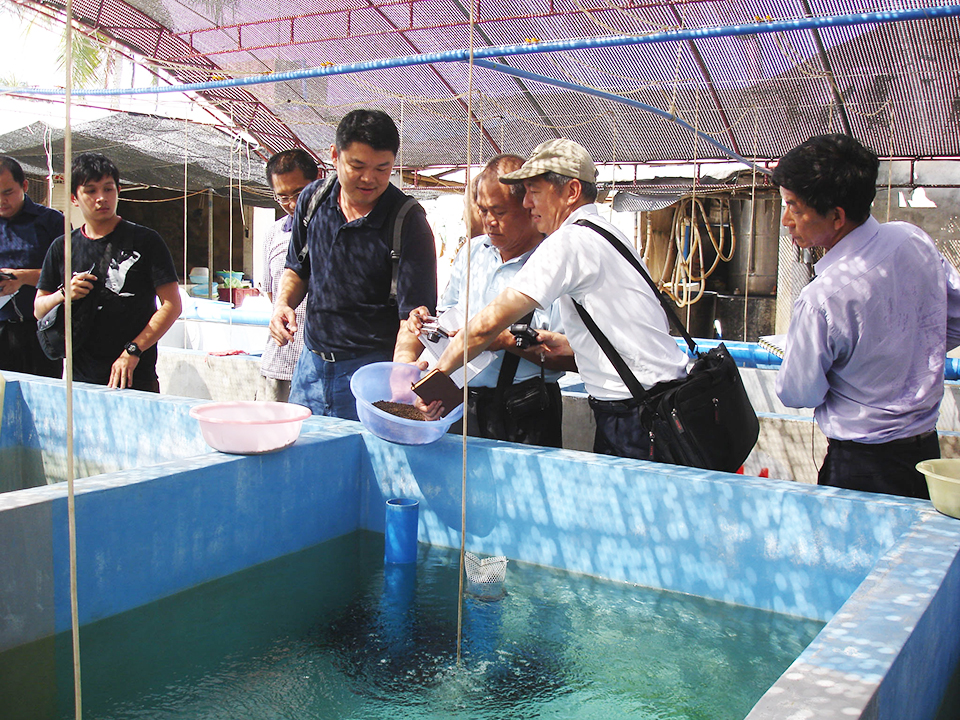
Aquafeeds
ASAIM addresses challenges to growth of marine fish farming in Southeast Asia
In its efforts to advance sustainable aquaculture practices and the use of soy-based feeds in Southeast Asia, the American Soybean Association International Marketing Program (USAIM) has identified several challenges.
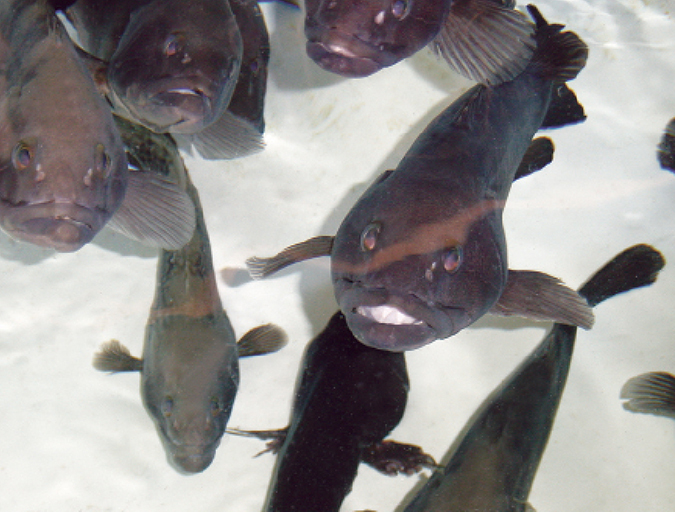
Aquafeeds
Increased density improves grouper feeding response, growth
A growth trial using hatchery-reared grouper was carried out to study the effects of stocking density on feed intake and subsequent growth. Contrary to common perceptions, fish stocked at the highest density had higher feed intake and body weights.
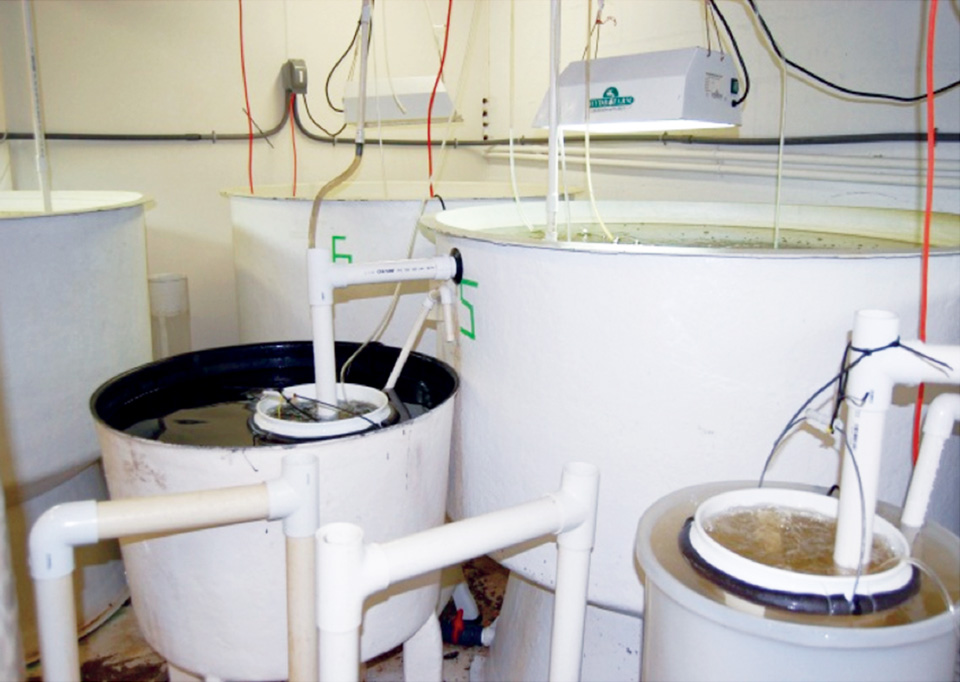
Health & Welfare
Advances in intensive copepod production technology
Research at the Oceanic Institute has been successful in overcoming bottlenecks associated with rearing small-mouthed fish larvae by finding a suitable first feed. Early work on the calanoid copepod Parvocalanus crassirostris focused on parameters necessary for successful maintenance of stock cultures.


